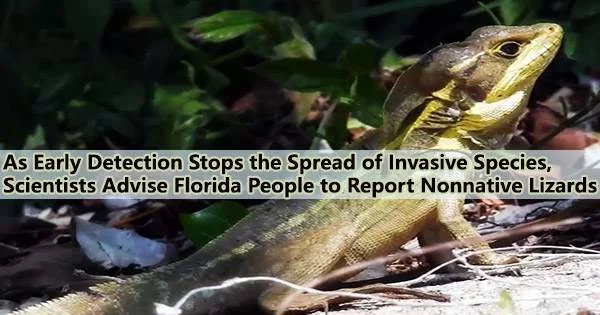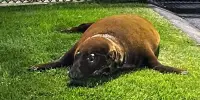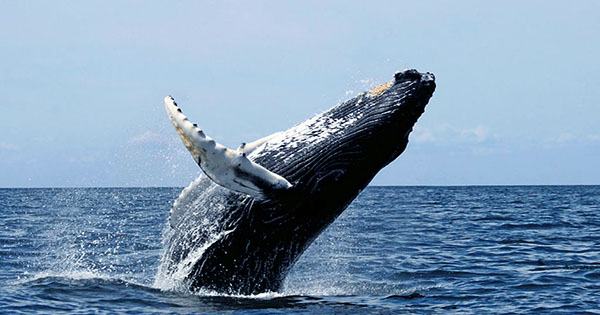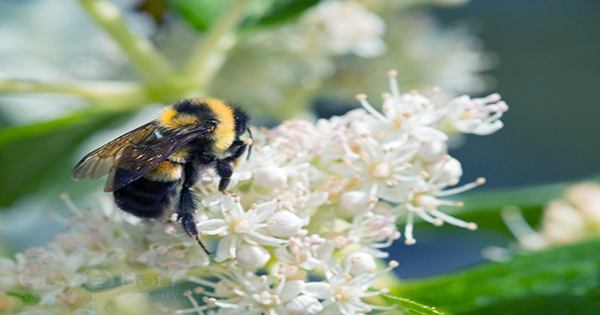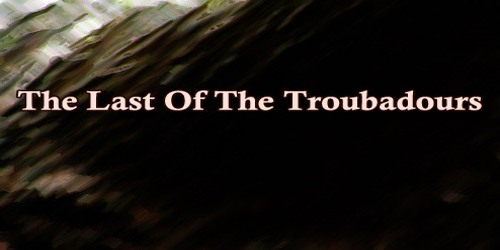Scientists at the University of Florida require more information to assess the status and potential effects of the brown basilisk, a nonnative lizard that is spreading across South and Central Florida.
Wildlife experts at the UF Institute of Food and Agricultural Sciences (UF/IFAS) to assess the possible effects of this reptile on the environment, animals, and public health use geographical data. To remain in front, they require additional information.
“We receive anecdotal reports of brown basilisks in areas where the reported sightings are thin and sporadic, but we know they are thriving in south and central Florida. There are reports of brown basilisks from the Florida Keys to Gainesville,” said Ken Gioeli, a natural resources and environment agent at UF/IFAS Extension St. Lucie County. “Residents and visitors can enhance the data by taking photos of brown basilisks and uploading them to EddMapS or the IveGot1 app.”
This call to action goes out as National Invasive Species Awareness Week begins on February 20 to teach and boost awareness among the public on the brown basilisk.
The lizard stands out from other species of reptiles thanks to its distinctive markings and features. The head crest is the most noticeable. They also seem to traverse water as they run. How they have spread, what they are consuming, and what they are disturbing are all still mysteries to biologists.
An Extension document that has undergone peer review is available in English and Spanish to assist locals and visitors in recognizing the brown basilisk. UF/IFAS faculty hope the information will galvanize more people to report the species.
“Providing information in multiple languages is vital to extending the reach in search of scientific data,” said Lourdes Perez Cordero, an agriculture and natural resources agent at UF/IFAS Extension Highlands County. “Hispanics living throughout Florida can provide valuable insight to the presence of brown basilisks in places where they haven’t been reported previously. Their feedback also enriches our general knowledge of these lizards and helps us develop more educational materials for Spanish speakers in the future that can reach local communities in both languages.”
Currently, numbers indicate that the reptiles are in South and Central Florida.
“It is important for us to determine where the invasion front currently is, where it might be heading, and the numbers likely to be found,” said Gioeli, a co-author of the document. “Right now, we can work with the limited reported sightings on EddMaps, but scientists need more accurate numbers.”
Hispanics living throughout Florida can provide valuable insight to the presence of brown basilisks in places where they haven’t been reported previously. Their feedback also enriches our general knowledge of these lizards and helps us develop more educational materials for Spanish speakers in the future that can reach local communities in both languages.
Lourdes Perez Cordero
Of particular interest is the space between Orlando and Palm Beach County, said Gioeli. “We know the brown basilisks are on the Treasure Coast, and we can see there is a likely move northward and west.”
Florida’s west coast has also seen sporadic reports. More locals registering their locations keeps people informed inside their communities and offers scientists with reliable, research-based data.
The additional geographic locations can help researchers get a head start on the invasion front and begin warning people about potential threats. In order to better understand the brown basilisk’s behaviors, effects, and potential for invasiveness, scientists will be able to keep track of how far and wide it has already traveled.
“There is still a lot we don’t know about the impacts of brown basilisks in south and central Florida,” Gioeli said. “We don’t know enough about their diet, reproduction or environmental impacts, but fortunately, we have dedicated UF/IFAS research and Extension specialists studying these issues.”
Even while not all nonnative species develop into invasive ones, those that do can have an adverse effect on waterways, wildlife, agriculture, and urban areas, which is a problem for communities, wildlife organizations, and scientists.
Here are some highlights from the update.
The Corytophanidae family, sometimes referred to as the iguana lizard family, includes the brown basilisk. Due to their crest-like heads, they are also known as “Jesus lizards” and “helmeted or casque-lizards.” They can also dash across the water’s surface to escape predators.
Brown basilisks are brown or dark olive. Each side of their bodies has a characteristic yellow or cream stripe that extends from the eye down the back. Frequently, a second stripe that runs from the face to the shoulder is discernible. They have long, thin tails and long rear toes. Adults can range in size from 11 to 27 inches.
A study published in Frontiers in 2022 by UF/IFAS Florida Medical Entomology faculty finds that Culex mosquitoes prefer to feed on nonnative lizards. The brown basilisks are among five identified nonnative lizards that could potentially serve as significant hosts for West Nile virus (WNV) and St. Louis encephalitis virus (SLEV) vectors in Florida.
More than 160 specimens have been gathered and entered into the Florida Museum of Natural History Herpetology Collection database as of February 2023. Coastal southeast and southwest counties from Brevard to Monroe provide the majority of the specimens in this database, with additional samples coming from Manatee, Lee, Pinellas, and Collier counties. The southern shore of Lake Okeechobee also has established populations.
Although they frequently inhabit regions with lush vegetation and are located near fresh water, such as canals, lakeshores, retention ponds, and ditches, they also frequently bask and hunt for insects on pavements, highways, and parking lots.
“UF/IFAS plays a critical role, studying these nonnative species and teaching Floridians about the impacts they can have on our environment,” said Gioeli. “The great thing about residents reporting is the ability to expand our reach to Floridians interested in helping us spread unbiased research-based information.”
